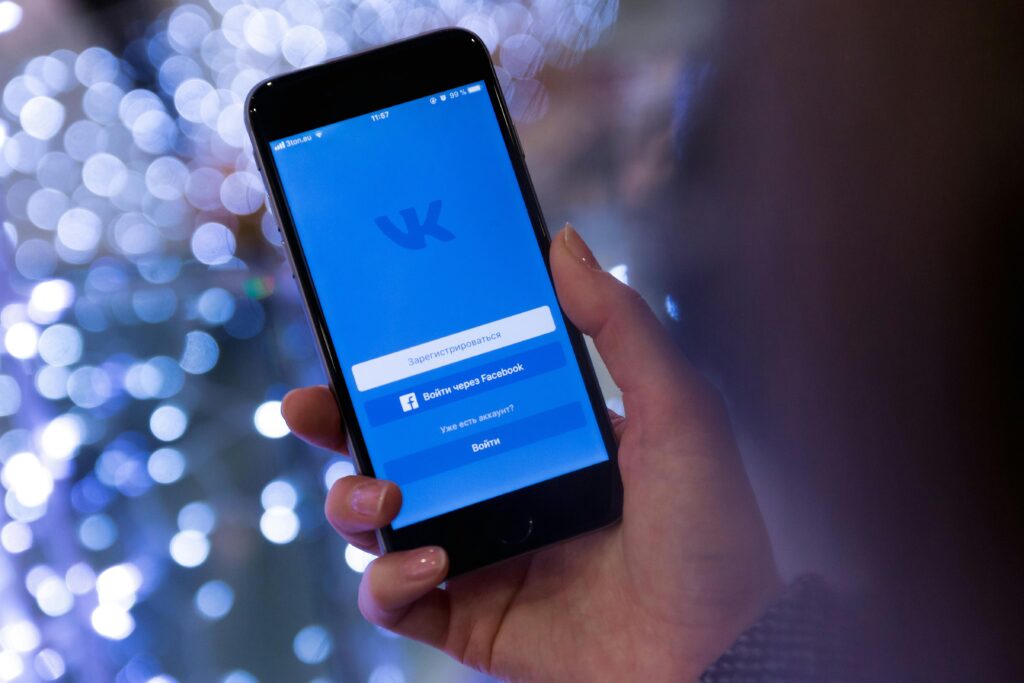In today’s digital-first world, users expect more than just functional websites and apps; they expect experiences that are seamless, intuitive, and enjoyable. The establishment of effective UI UX Design sits at the core of fulfilling this expectation. UI & UX design is basically what will determine the success of your endeavor-whether you are starting a brand new concept from scratch, giving a new life to a tired corporate platform, or launching a new mobile app.
This ultimate guide will navigate through UI/UX design, why it matters, its principles, and how brands can now use these to stand out from the competition.
What is UI UX Design?
UI design refers to the visual elements present in a digital product: buttons, screens, icons, typeface, and layout. This is in the interaction with a product.
UX design refers to the feel of a user’s overall experience when using the product. It involves user journeys, ease of use, emotional satisfaction, and functionality.
UI UX Design means that these digital products are not only pretty but also sensible, working well, and focused on the user.
Reasons Why UI UX Design Is Important by 2025
As companies greatly depend on digital platforms to connect with audiences, UI/UX design comes to the forefront of user engagement. Here are reasons why it matters more than never:
1. First Impressions Are Digital
Studies show that users will form an opinion about a website or an app within 5 seconds or less. A polished, professionally done UI builds trust almost at once; a badly implemented one drives users away.
2. Better UX More Conversion
Good UX lessens friction in the user journey and smoothly guides the user to perform the actions desired, such as buying, registering for a newsletter, or asking for a quote.
3. For Improving Customer Satisfaction and Retention
An excellent user experience keeps a user satisfied while drawing users back. In contrast, a path with confusing navigation or broken interaction will only produce frustration and churning.
4. Increases Accessibility and Inclusivity
Today’s UI UX Design has accessibility as the focus to enable everyone, including users with disabilities, to use the products. This is not only the right thing to do; it is also good for business.
5. Enriches Brand Perception
A lovely digital experience portrays the brand as a caring, timely, and customer-oriented organization extremely important trait in today’s setting.
Central Principles Guiding Effective UI-UX Design
Describing the fundamental principles guiding the designer’s thoughts lets designers create favorable experiences with high regard for their users through every stage of the interaction.
1. User-Centered Design
Designing with the user in mind requires research, persona creation, and pain points understanding so that products solve real problems.
2. Clarity and Simplicity
Keeping it simple helps users with less cognitive load, thus shedding confusion in achieving their own goals. Clear navigation combined with minimalistic layouts and explicit calls to action does this.
3. Consistent
Hold familiarization and ease of use for the user. It assists in making products repeatable. Design systems and style guides achieve it.
4. Recognition and Feedback
User actions are to be marked: loading spinner, successful actions, or error messages quick feedback.
5. Accessibility
Good UI UX Design is such that all content can be accessed. This entails screen reader support, keyboard navigation, high-contrast text, and good use of ARIA labels.
The UI-UX Design Process
Designing a UI/UX experience that works will be a well-structured process that will have several research, testing, and iteration phases.
1. User research
Data gathering via interview, survey, and analytics for understanding audience behaviors, needs, and motivations.
2. Personas and Journey Mapping
Design the personas, plus journeys illustrating user interaction with your product, to find out where the pain points and the areas for improvement are.
3. Wireframing and Prototyping
Wireframes offer layouts that state structure. Prototypes give life to these layouts and allow for tests to be done without full development.
4. Visual Design
After wireframes are validated, branding elements, typographies, colors, and imagery are added to form an exciting interface.
5. Usability Testing
Testing with real users discovers usability issues, which are resolved and validated with further tests before the product launch.
6. Development Handoff
A clean specification of the design is handed over to development. Figma, Zeplin, or Adobe XD greatly facilitate this.
UI UX Design Trends for 2025
Keeping track of UI UX Design trends is vital because the trends are turning and turning; anticipating what will be ‘in’ keeps a product fresh and active.
1. Dark Modes and Adaptive Themes
Most people will have their devices dark later in the night-and dark devices usually use it for that time. Adaptive dark designs provide comfort and personalization to themselves.
2. Microinteractions
A small animation of a bouncing heart, if it receives value, forms a stronger bond with users and fills their experience with joy.
3. Voice UI and Conversational Design
Voice command and chatbot interfaces have now become part of the modern digital product experience. Hence, audio identification and natural language flow consideration in UX design are now a must.
4. 3D and Immersive Elements
Through the use of more lightweight, 3D visuals via WebGL and CSS, storytelling and product showcase could be well enhanced.
5. AI-Powered Personalization
AI means building interfaces that are going to adapt in real-time depending on the user’s behavior and personalized product recommendations, and how content is going to be laid out.
UI UX Design Tools
These are only some of the advanced tools that modern-day UI/UX designers rely on to give life to their imagination.
Figma: The collaborative design and prototyping tool
Adobe XD: For designing and prototyping experiences for web and mobile
Sketch: Mostly used for developing assets for UI projects under Mac
InVision: Collaboration in digital product design
Hotjar /Google Analytics: For tracking behaviors and analyzing usability
Examples of Real UI UX in Action:
1. Airbnb
It has an image-driven UI that is clean and easy to navigate with one of the best UXs that focus on giving trust, personalized recommendations, and seamless bookings.
2. Spotify
With the personalized integration of data that Spotify makes to its listeners, added to the seamless UI, dark theme, and micro-interactions, you have the benchmark set within audio apps for UX.
3. Dropbox
Dropbox is minimal, yet abundantly clear. Smooth onboarding allows the user to be led toward building an account and sharing files with stunningly clear UX.
The UI UX Design for Different Industries
E-commerce
Responsive mobile designs, product filter features, and well-organized checkout flows are required, with a well-conceived UX that minimizes cart abandonment, thus contributing to higher sales.
Education
Interactive dashboards with progress tracking and accessible layouts will engage and positively influence learning outcomes.
Healthcare
Healthcare Creating a UI that is compliant with HIPAA regulations would necessarily better scheduling appointments, resulting in a greatly enhanced trustworthiness when coming to usability with mobile devices.
Startups
Another advantage is that it quickly brings users online through quick design iterations and MVP-focused UX at startups.
Why Businesses Invest in UI UX Design
It is a business strategy, not just a design decision, to invest in UI UX Design. It creates:
High conversion rates
Reduced customer service costs
Retention of better customers
Greater loyalty to brands
Differentiation from competitors in the market
Research shows the brand investing in design performs better than all other brands in terms of customer satisfaction and revenue growth. This is more than good looks; it works well on the people for whom you create your product.
Conclusion
In the digital economy, the web or app usually becomes the first touch point and most often the only lifeline users have with your company. Within the impression of up and remembering the rest of your brand, UI UX designs go to the core of the foundation for how users conceive your company. Focus on the visual, intuitive navigation, and user-centered functions, and there will be meaningful digital experiences that create engagement, inspiration, and growth. Investing in professional UI/UX design is always worth it, whether building something from scratch or improving something already existing. At ImaginativeCore, we produce digital experiences that help in connecting, converting, and inspiring. One pixel at a time, let us build a future for your brand.



